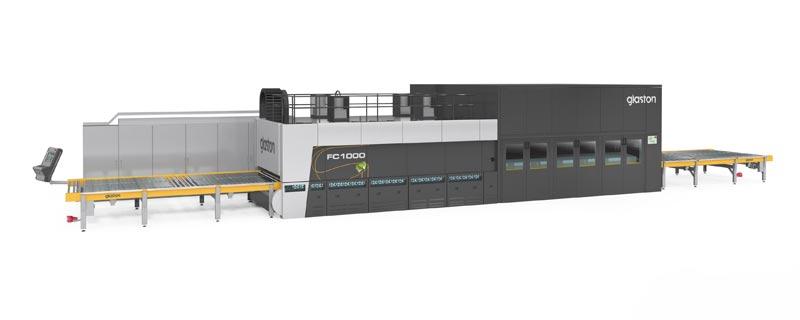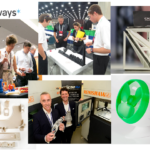

I frequently admit to readers that I have grown rather obsessed with 3D printing materials. What you print with, in my estimate, is as important as what you print. I think this sentiment derives largely from my interest in an ecologically sustainable 3D printing industry that includes biodegradable and recyclable materials. This article couldn’t come at a better time, because we really don’t hear as much about the 3D printing of glass, do we? Shapeways first announced its offering of 3D printing with glass in April 2010. And it also offered glass design rules (that includes all walls have to be 3 mm) that automatically exclude many designs from being printed in glass.
When I think about 3D printing glass I get very excited. 90% of the earth’s crust is silicate minerals, and glass is easy to recycle, it’s cheap, and and it looks and feels great too. Obviously, it’s not for everything. In fact, one of 3D printing’s big emphases is on durability and strength of printed objects, not fragility. But for those who are interested in the process of making glass stronger for industry and personal purposes, you can see the evolution of glass in the 3D printing space for yourself. From October 6 – 9, the international glass industry hosts Vitrum, a fair taking place in Milan, Italy where Finland’s Glaston Corporation plans to exhibit its latest developments and explorations of “the future of glass tempering.”
Before we dive into the topic of glass, we need to know more about Glaston Corporation. According to its website, Glaston delivers technologies and services to manufacture “the world’s best heat-treated glass” for use in architectural, appliance, solar, and automotive applications. Now, as any industry-leading company would do, Glaston has its sights on more 3D printed glass and tempering possibilities.

Arto Metsänen, CEO and President of Glaston Corporation, has this to say about the prospect:
“3D printing is a burning issue and was also discussed during the Glass Performance Days conference, held in June this year. 3D printing is a real possibility for the industry and will eventually change the total glass production chain. 3D printing will affect manufacturing of glass processing machines and Glaston wants to be in the forefront of this development.”
So, what exactly will visitors to Glaston’s Vitrum glass exhibit? To showcase 3D printing glass capabilities, “a 3D printed miniature model of the latest tempering line model will be seen at the stand.” Glass tempering is a process whereby glass sheets are heated — in a large industrial-sized furnace style machine — and then cooled quickly, resulting in a strengthened glass product. Glaston’s new tempering line is none other than the Glaston FC1000 which “continues FC500 tempering line’s renowned heritage.” According to Glaston, “FC1000 meets all demands for flatter and optically flawless glass. In addition, the furnace provides a significant increase in energy efficiency and Low-E glass tempering capacity.”
I’m telling you, this is exciting. Glaston will also be showcasing its Glaston ProL, a flat laminating line, and the Glaston Matrix, which is a “new OEM-windshield press for bending deep sags and wrap round corners to tightest tolerances and with active convection heating to enhance production of windshields with conductive or heat reflective coatings.” Did you catch all of that?
If you are interested in 3D printing and glass possibilities, you can catch Glaston’s exhibit out this week at Vitrum in Milan, Italy. As Glaston states in a recent press release: “Only a firm gaze and a pair of glasses are needed for this unique experience.”
If you're looking to get architectural 3D animation in the USA, our service provides an exceptional way to bring your architectural concepts to life through dynamic, immersive visuals. Through our platform, you can easily request high-quality 3D animations that showcase your designs in motion, offering a detailed view of your project from multiple angles and perspectives. Whether it's for a real estate development, a commercial building, or an urban planning project, our expert team ensures that every detail is captured in a visually compelling animation.
Through our website, you can seamlessly get architectural 3D animation tailored to your project’s specific needs. With our help, you can offer potential clients or investors an engaging experience that goes beyond static images. By integrating CGI animations with real-world settings, lighting, and textures, our team creates a lifelike experience that allows your audience to interact with your project as though it were already built. This service is perfect for presenting complex designs in a clear, visually attractive way that stands out in the competitive architectural market.




